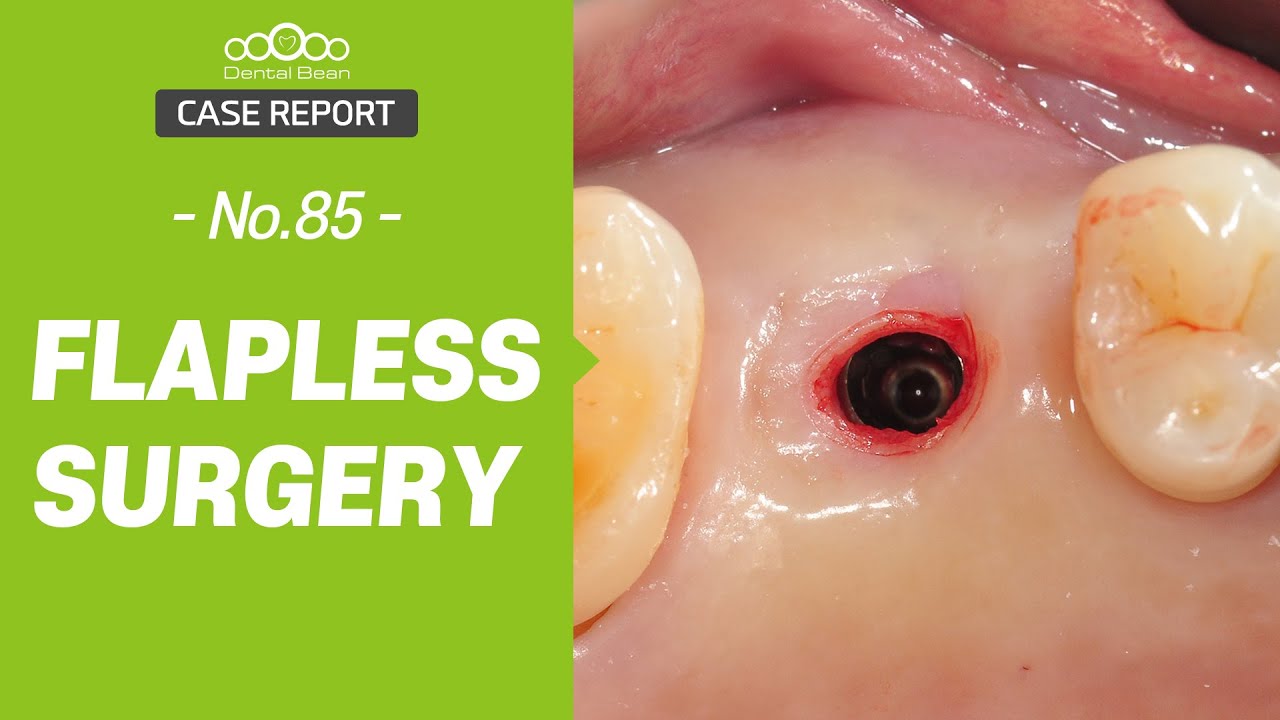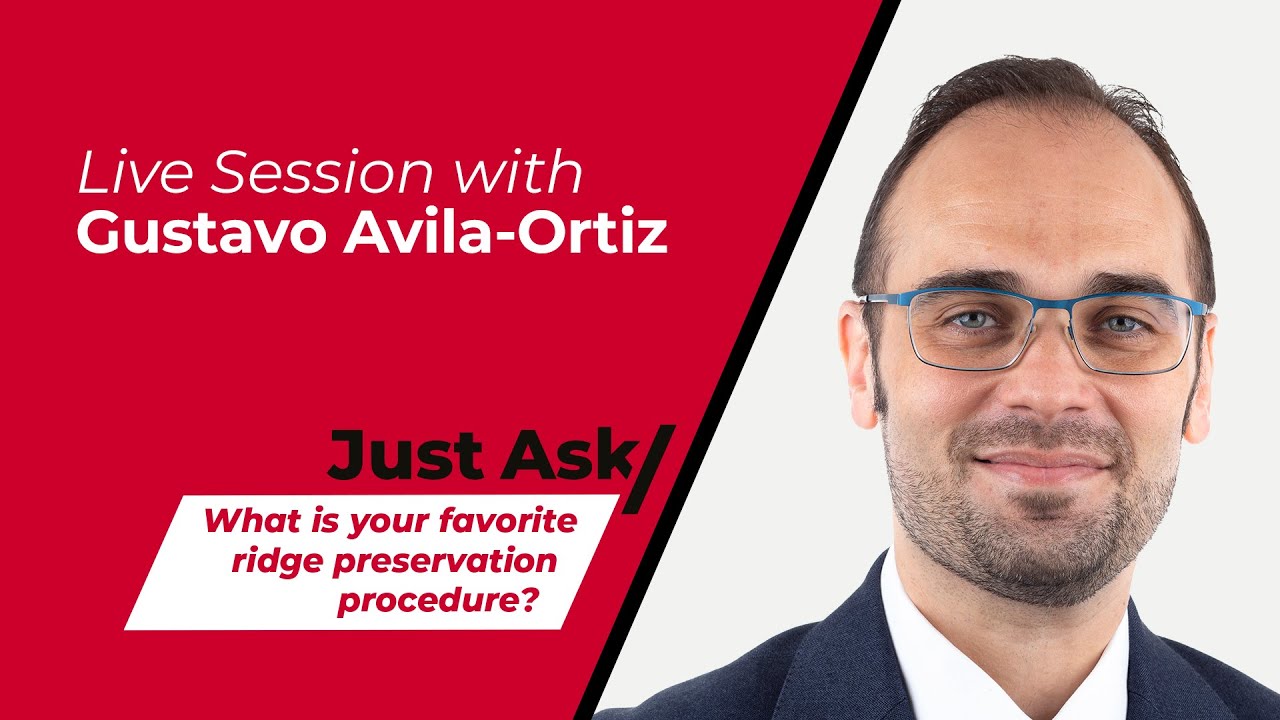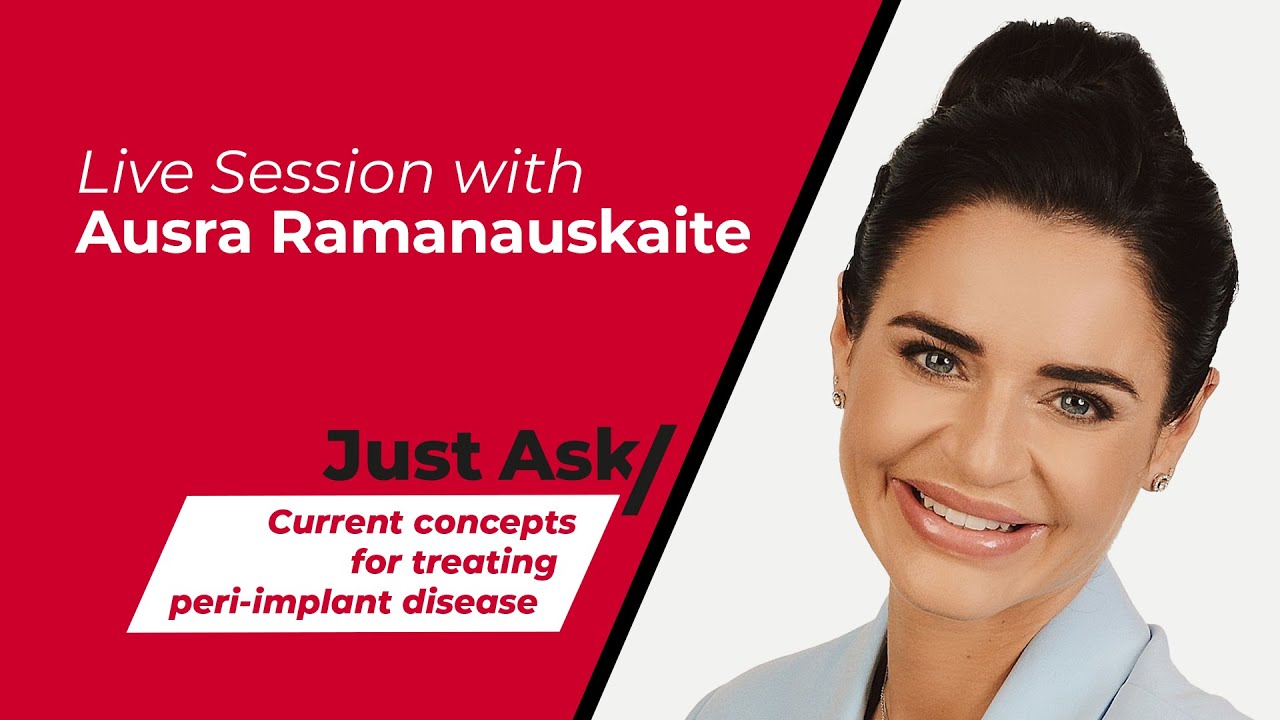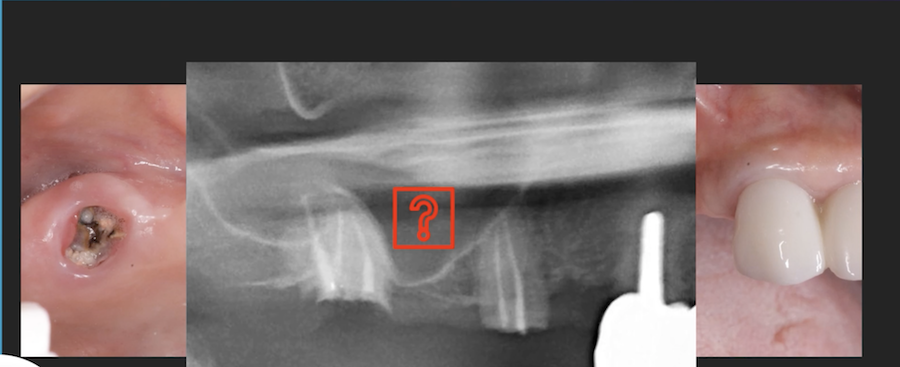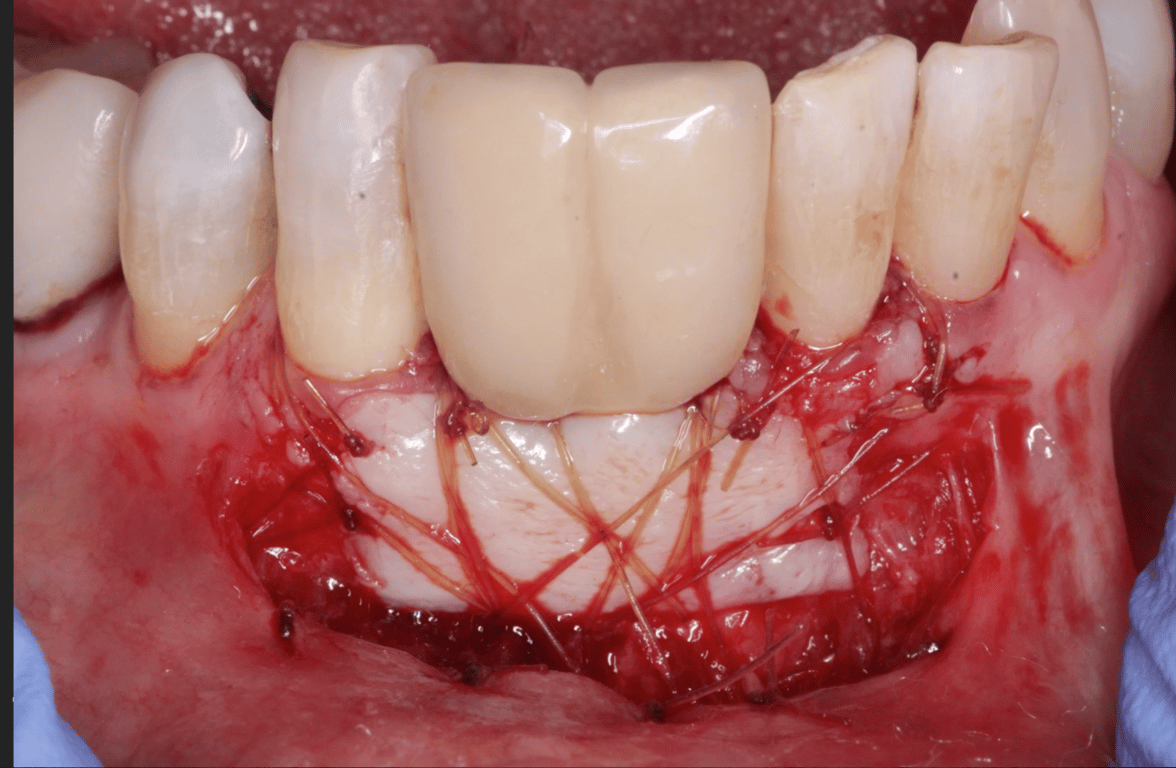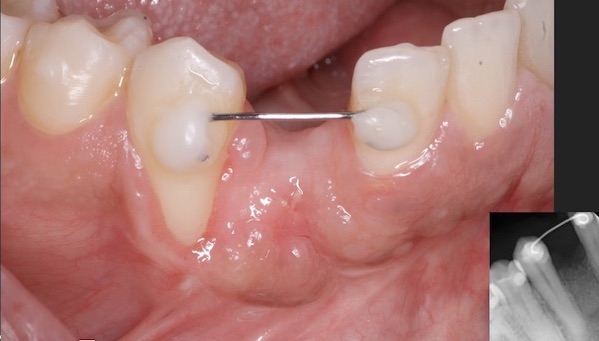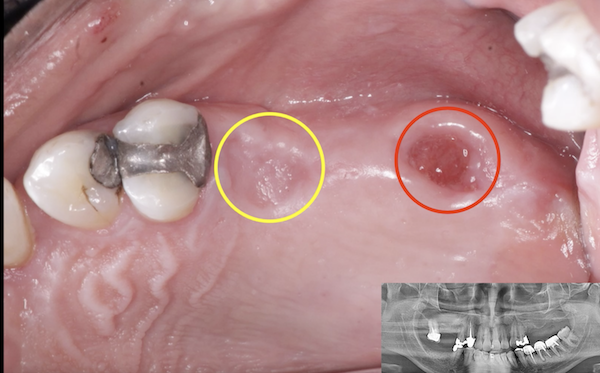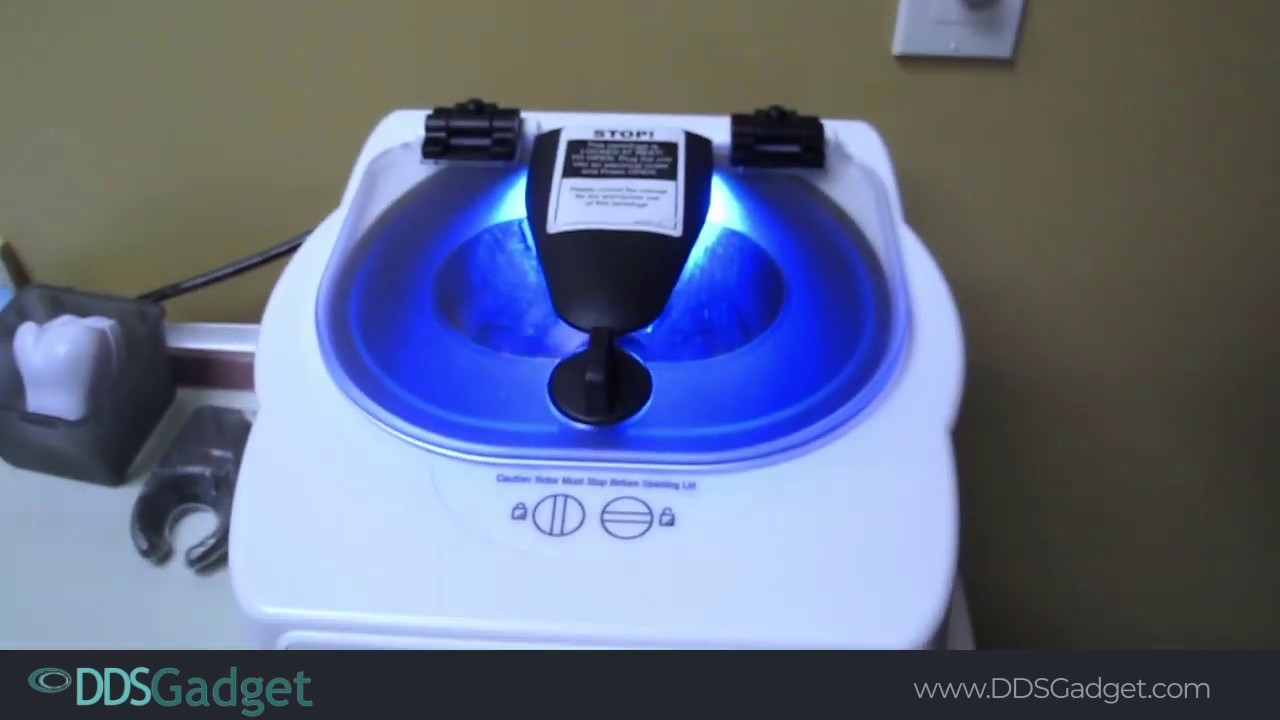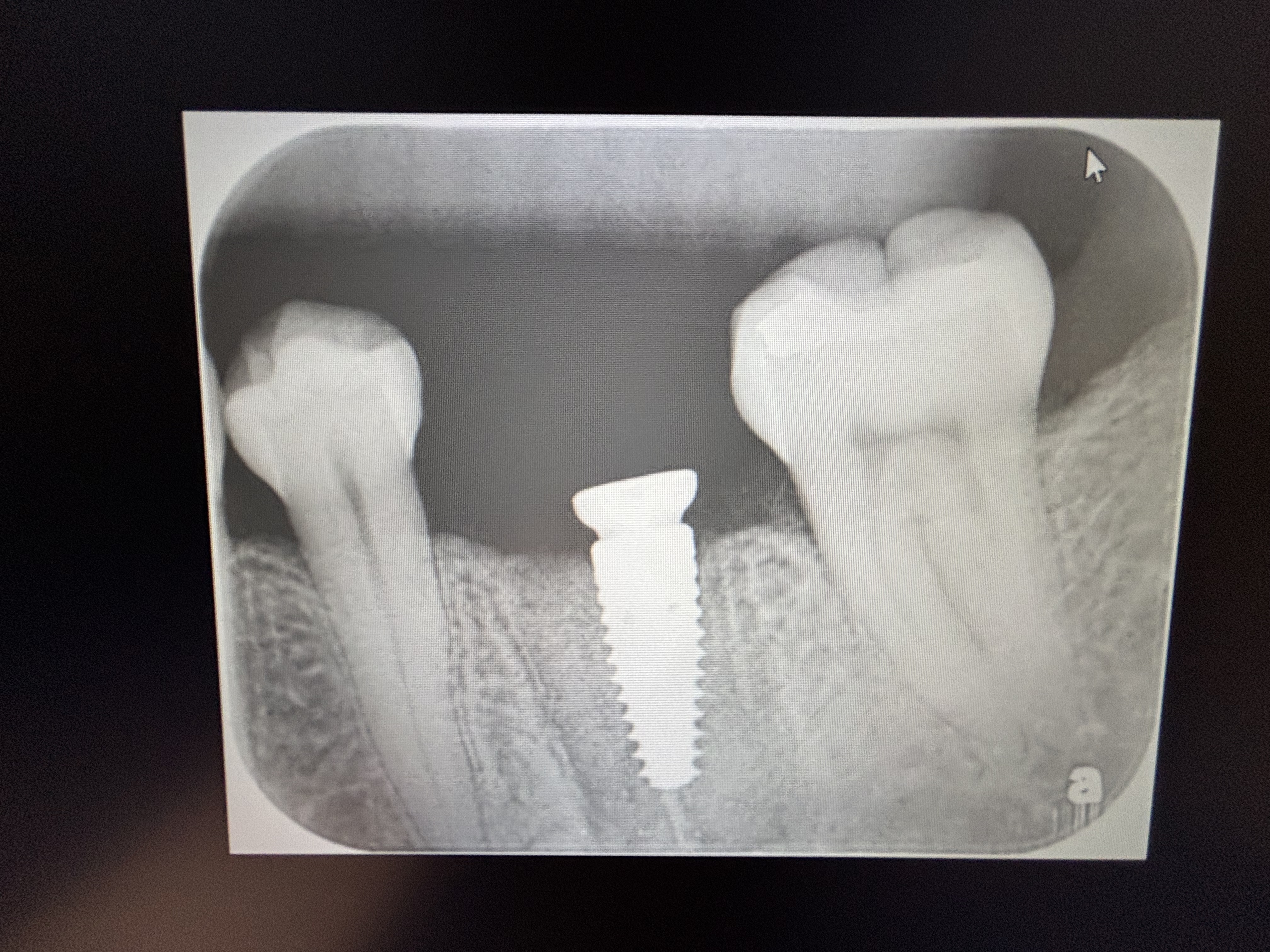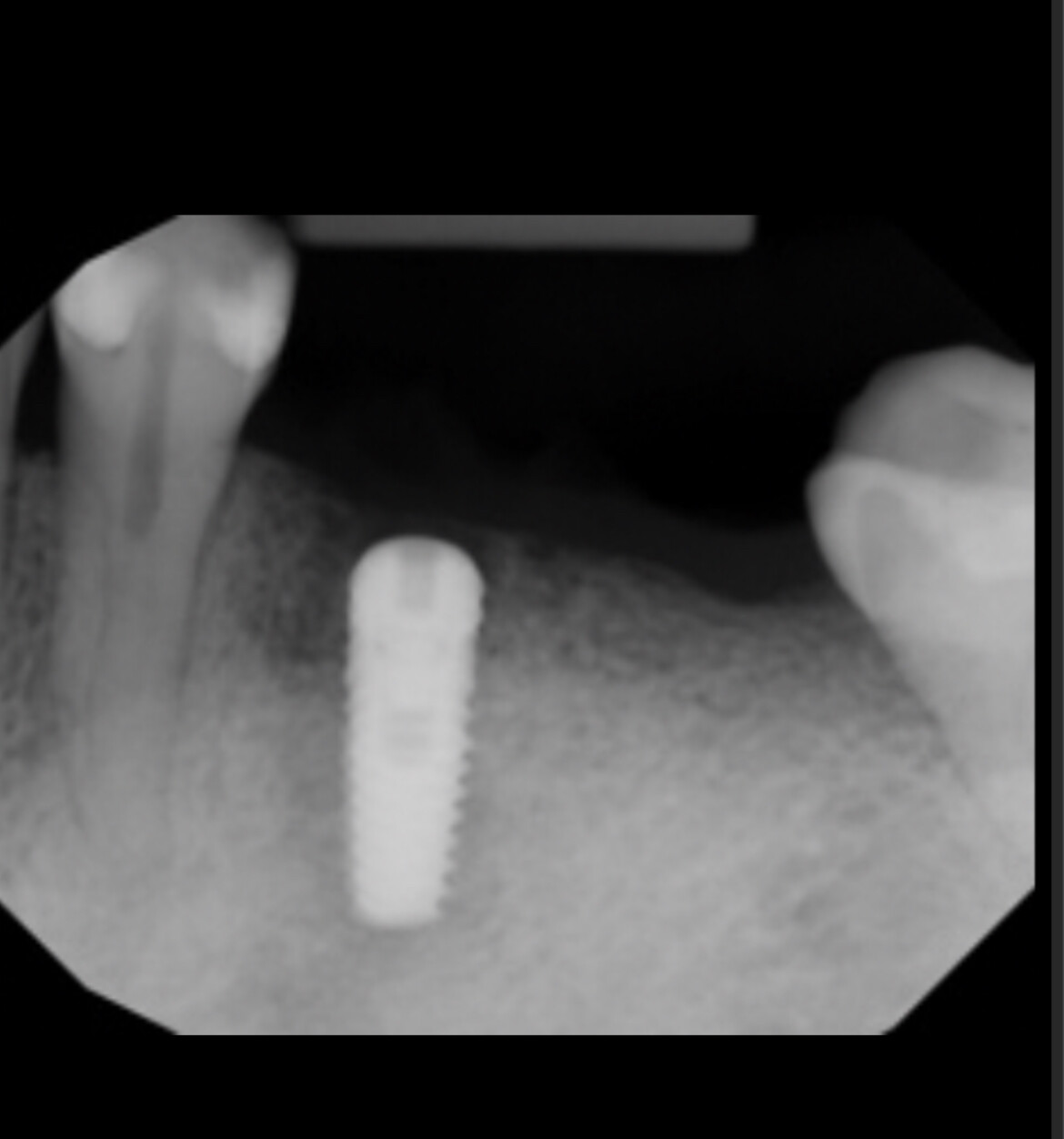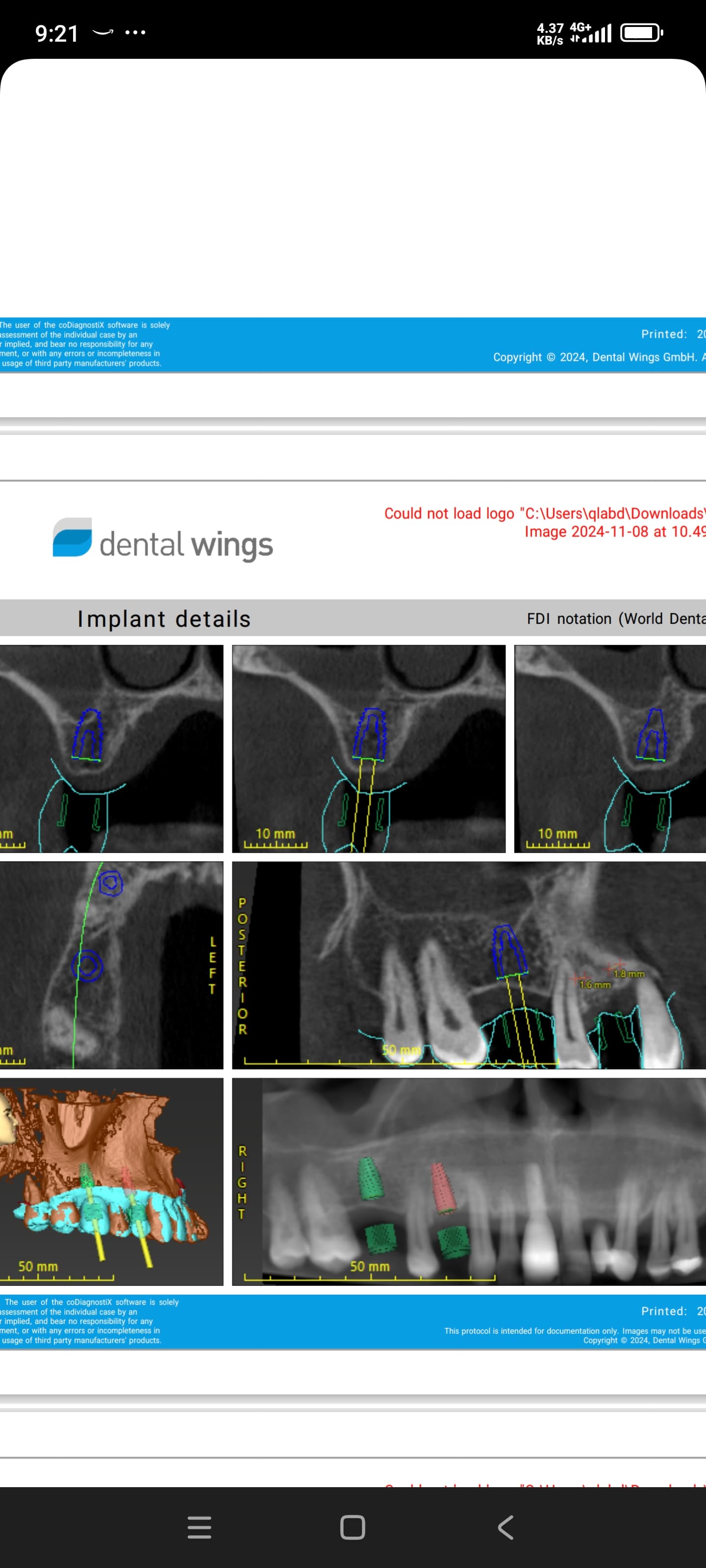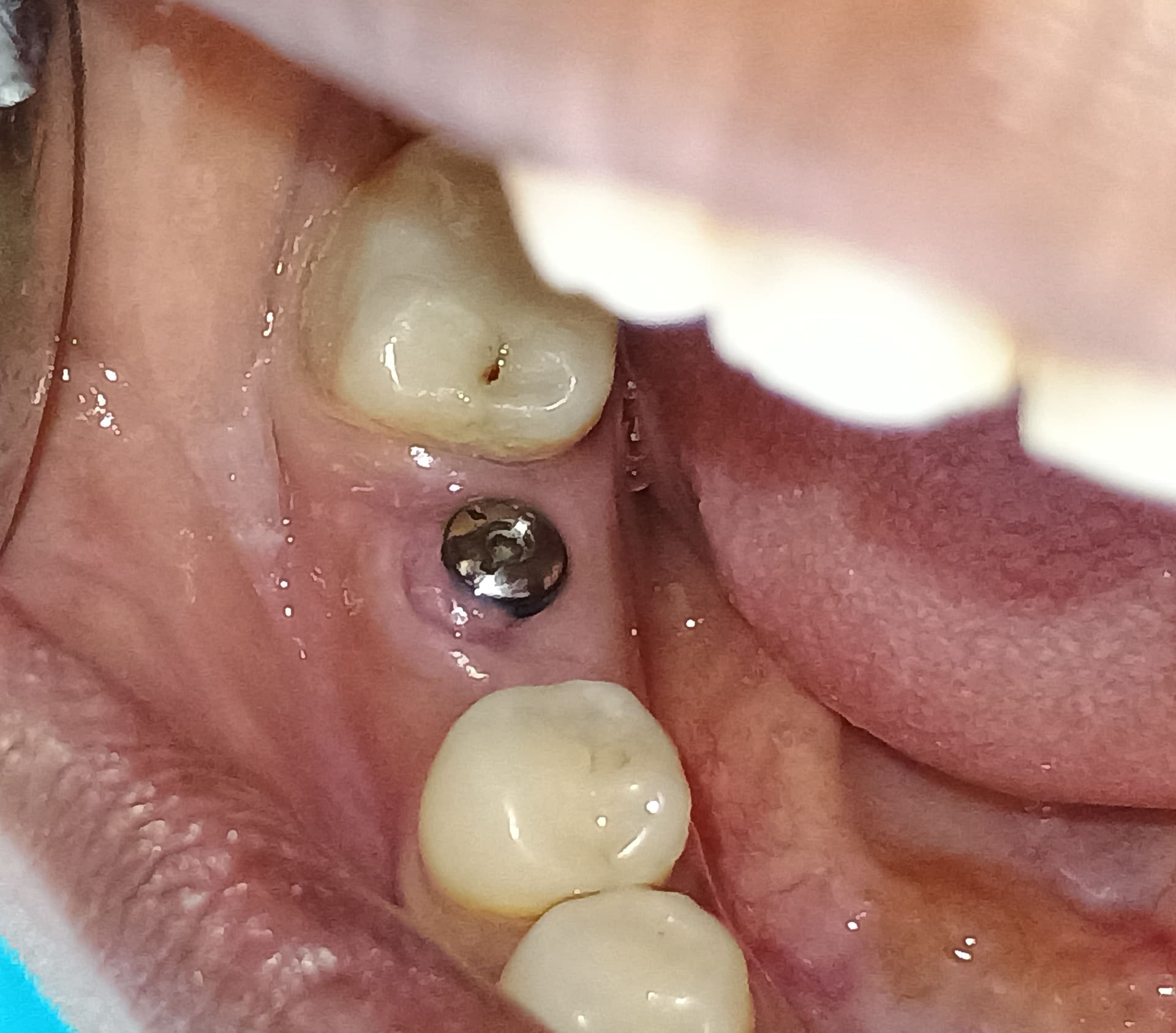Differentiated Osseointegration with Zirconia Implants : Any Comments?
Dr. M asks:
Can anyone comment knowledgeably about the work of the Vienna team Kocher & Pirker, who are working with zirconium oxide to create individualized models (“bioimplants”) of extracted roots, a process they call differentiated osseointegration?
Editor’s Note: According to Kocher and Pirker:
“None of the prefabricated and axially symmetric Titanium/Zirconia dental implants currently on the market fits perfectly in the individual tooth socket when immediate implantation is performed. The gaps between implant and bone must be filled with bone or bone substitutes and in addition stabilized and covered with barrier membranes for esthetic and functional reasons.
In contrast to these complex and costly procedures, an exact fit and perfect esthetic outcome is simply and safely achieved, by taking advantage of the up to date principles of differentiated osseointegration, the use of Zirconia, a highly biocompatible implant material, combined with the application of the latest CAD/CAM technology.
Wolfgang Pirker: “Respecting the anatomy of the soft and hard tissue by using individual anatomically formed Zirconia implants for immediate root replacement renders drilling, risk bearing augmentations and barrier membranes absolutely unnecessary. This minimal invasive method enhances patient acceptance and maximizes esthetic outcome.”

